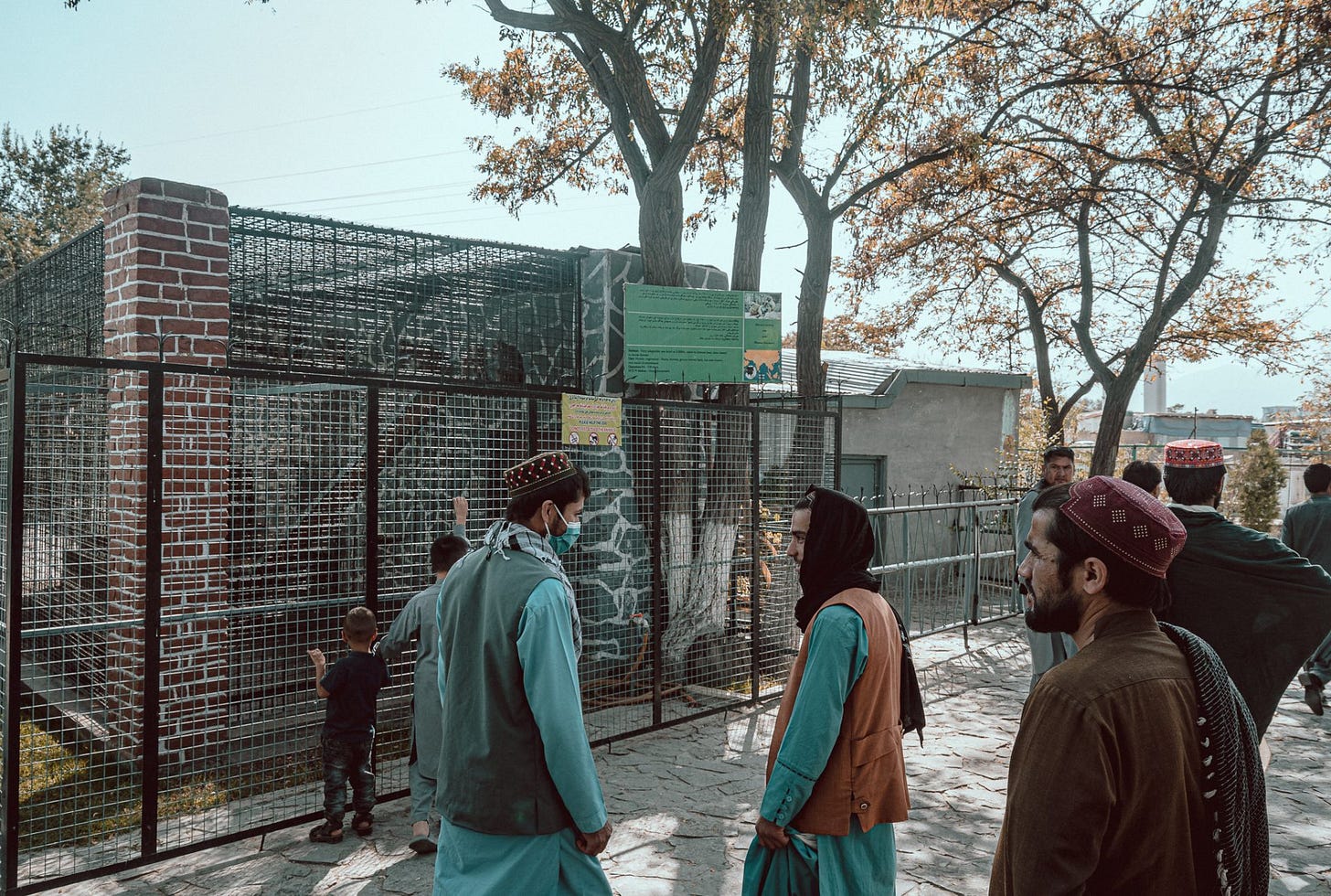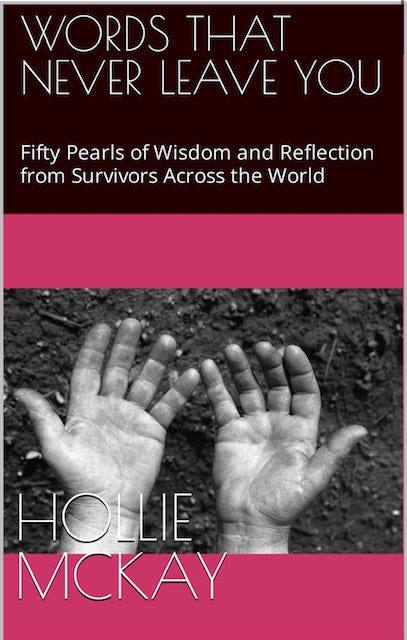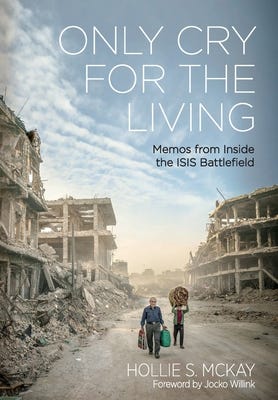Afghanistan's Most Storied Survivor is a Zoo Lion
Kabul's Marjan, the lion who lived through war, embodies Afghanistan's heartbreaking mix of resilience and suffering.
Three decades later, it is still the stuff of legend.
The story of Kabul's late lion Marjan captures the enduring spirit of a country defined by decades of hardship, heroism, and senseless bloodletting.
“He was a friend to everyone,” Dr. Abdul Rahman Maiwand, the spritely zoo’s head veterinarian, recalls of the internationally renowned attraction. “He saw all the wars of this country.”
German Cologne Zoo donated Marjan to Kabul Zoo in the late 1970s during a time of relative peace and prosperity. Marjan, meaning coral in Persian, stood as a witness to the Soviet Invasion of Afghanistan in the decade that followed and to its endless wars.
Marjan was caught in the crossfire of conflict during the Civil War of the 1990s, following the Soviet defeat.
In 1995, an Afghan soldier, in a bid to impress his comrades, crept into a lion's den. The fighter patted Chucha first, who responded demurely. But as he approached Marjan, the male instantly struck out and killed the man in a matter of minutes.
Despite this, the predator's instinct was not sufficient to justify the family's confusion and grief.
On the following day, the killed fighter's brother lobbed a grenade into the den to exact revenge, causing Marjan to become blind, deaf, and permanently disabled. International veterinary aid groups had to remove his eyes after they tried desperately to treat the injured animal with numerous surgeries.
Despite Marjan's survival, the perpetrator met his own grisly end a week later. After word spread of the revenge strike, an angry mob viciously assaulted the man, and a week later died as a result.
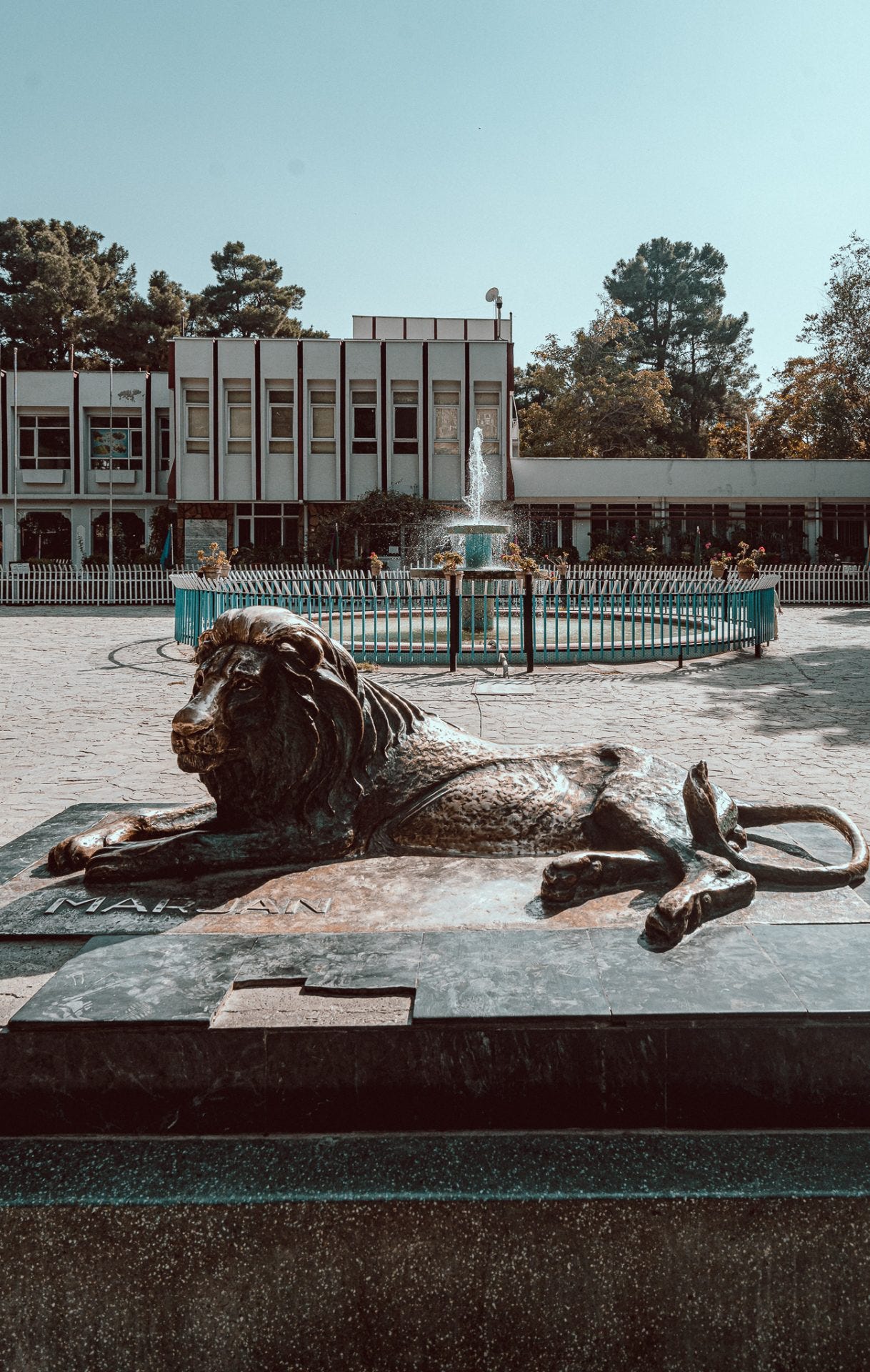
In addition to losing his ability to see and hear, Marjan also lost his teeth, and therefore his ability to chew, making him dependent on external aids.
It nonetheless became a local star, a symbol of survival.
“It was painful sometimes to see,” recalled one former Mujahadeen fighter, Ahmad, now 65. “A ramp was built for him, but still, he would fall. This beautiful, big animal falling, no one quite knew how to respond. Yet Marjan got back up.”
Even so, Kabul Zoo found itself inadvertently on the frontlines of the conflict - and was shelled multiple times, its medical supply room blown to pieces. Locals tell tales of animals being freed and eating each other, with some ending up in the growling stomachs of impoverished fighters themselves. Other items were smuggled out of Afghanistan for top dollars, such as the once plentiful exotic animals.
Marjan and his fellow attractions were again embroiled in a battle of a different kind when the Taliban came to power in 1996. This new regime, which was the most pariah in history, was ravished by recession. Therefore, Kabul Zoo had deteriorated into less than fifteen species with dead grass, withered trees, starving animals and empty cages. The Afghan Royal Family built the Kabul Zoo in the 1960s, and was once considered the most lavish and abundant in all of Asia with more than 450 species.
Even so, Marjan had captured many hearts.
The then-dedicated and determined zookeeper Sheraq Omar fought valiantly against international activist demands to close the cash-strapped zoo situated in the heart of the capital. It was essentially the unique depiction of Marjan that brought global attention to the zoo. Admirers from all over the world flooded the aging lion with gifts and donations to improve his quality of life.
He survived the first few months of the U.S. invasion and the overthrow of the Taliban. On January 25, 2002, the cat quietly took his last breath, succumbing to the impenetrable force of old age. Even though he was severely disabled, Marjan, at around twenty-five, was far older than the average male lion of ten years.
He had lived sixteen years after being horribly attacked - his forever lop-sided face a stark reminder of all he had endured.
The inner-city parcel was filled with both public and private funerals for days to come, and his body was buried on zoo property, memorialized simply with the Pashto phrase, "Here lies Marjan. He was the most famous lion in the world."
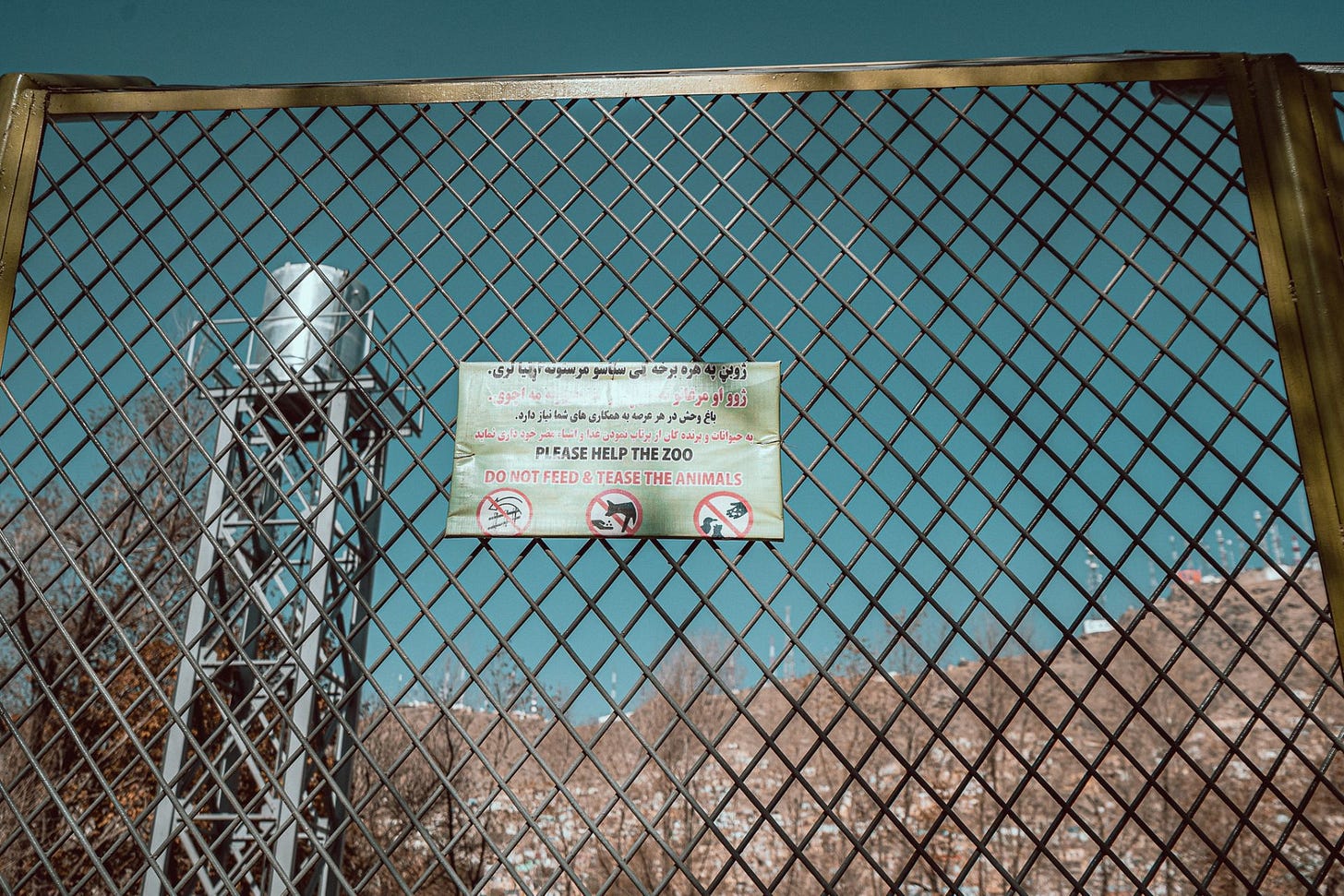
Through the years of the American footprint, his story grew in importance into the selling point that brought reconstruction to the zoo, which exists today as a kind of wellspring in the midst of the madness. The North Carolina zoo poured tens of thousands of dollars into rehabilitation and education programs, which led to more species returning and vast improvements to food and facilities.
Since Marjan's death, his memory has been canonized in many popular culture pieces. Marjan's story served as the inspiration for the 2018 fictional novel "I Am Marjan: The One-Eyed Lion From Kabul," is referenced in Khaled Hosseini's celebrated 2003 bestseller "The Kite Runner," and is a vital character in Colin Teevan's stage play "The Lion of Kabul." A scene flashing to the attack on Marjan was also reportedly shot for Tina Fey's "Whisky, Tango, Foxtrot," but was cut.
China presented the zoo with two new African lions the day after Marjan's death, but neither could live up to his legend. Even so, the monies raised and attention devoted to Marjan's cause also raised uncomfortable questions about the western world's sympathies for animals over humans, given that scores of Afghans were left hungry, homeless, and hurting as the decade's new conflict intensified.
After more than two decades of bloodletting, the Kabul Zoo remains open every day, now under the guise of the Taliban regime. Even if most animals peer listlessly at the world around them, the park is a clean, orderly oasis away from the dusty streets and air of uncertainty of the rest of the country.
I wander through the zoo on a late afternoon, a few flecks of sunshine illuminating the sadly small encampments. Taliban fighters stare curiously at the sad creatures, which include lions, leopards, bears, camels and deer, as well as small domestic cats and bunny rabbits, which are also common around the city.
“The Taliban doesn’t have any money to pay for entry, but they come every day and enjoy it,” says Maiwand. “We take all their guns and put them away before they can come inside.”
Yet, there is a sense of safety that surrounds the tranquil patch of earth. In addition to serving as a place for Afghan families to picnic and play with the new leadership, the zoo also provides a rare opportunity to avoid the fear that typifies a lot of the daily life on the streets.
“It is a place for everyone,” Maiwand continues cheerily. “Where we can all be friends.”
Especially for a nation like Afghanistan, which has been bombed to the brim and blasted at the seams, it is a source of entertainment and reprieve that the staff hopes and prays we will make it through the long-protracted financial crisis.
Although the bronze statue of Marjan sits at the zoo's entrance thanks to donations from the United States, it represents the spirit of resistance, the perseverance of the Afghan people, and a reminder that this era too will pass.
“We have no money now,” Maiwand adds. “But every day, I go to the markets to get the animals fresh food and care for them very much. There are many of us who here who will do what we can to keep this place open.”
PLEASE CONSIDER A PAID SUBSCRIPTION TO THIS SUBSTACK TO HELP KEEP INDEPENDENT WRITING AND JOURNALISM ALIVE. THANK YOU SO MUCH FOR YOUR SUPPORT.
For speaking queries please contact meta@metaspeakers.org
Follow me on Instagram and Twitter for more updates
Pre-Order The Dictator’s Wife (out June 10)
Click Here for Pre-Order from my publisher DAP Publications (please support small business!)
Click Here for Pre-Order from Barnes & Noble
Click Here for Pre-Order from Amazon
Click Here for Pre-Order from Target
HOLLIE’S BOOKS (please leave a review)
** Short read of meaningful lessons gleaned from the ordinary forced to become extraordinary
Order your copy of “Afghanistan: The End of the US Footprint and the Rise of the Taliban Rule” out now.
For those interested in learning more about the aftermath of war, please pick up a copy of my book “Only Cry for the Living: Memos from Inside the ISIS Battlefield.”
If you want to support small businesses:




